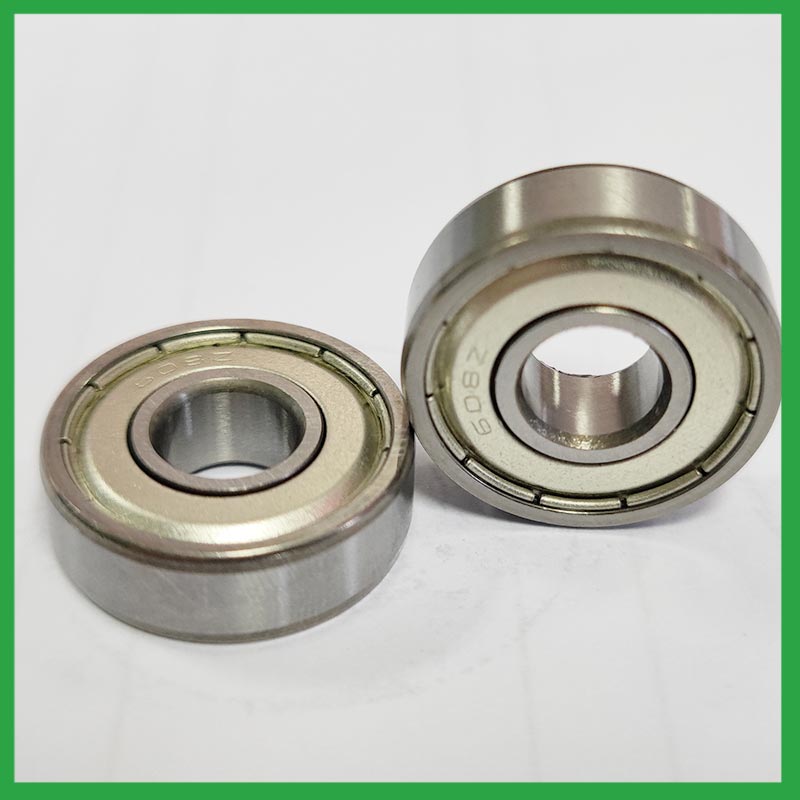PRODUCTS
CONTACT US
Ningbo Nide International Co., Ltd.
一一
· Contact person:Jack Zeng
· Mob/Whatspp/WeChat:0086-13738869026
· Email:emarketing@nide-group.com;marketing4@nide-group.com
· Add:No. 169, Wohushan Road, Daqi Subdistrict, Beilun District, Ningbo, China

Nide team could manufacture ball bearing as per customer’s drawing and samples.
If customer only has samples, we could also design drawing fo r our customer.
We also provide customized service.
Our ball bearing is widely applied the different industrials.
Ningbo Haishu Nide International Co., Ltd is located in Ningbo, Zhejiang Province. Established in 2010, it is a rapidly growing international enterprise. With advanced industrial hubs, complete supply chains, and convenient transportation advantages, combined with a professional team with rich experience in motor manufacturing, we specialize in exporting various bearings to various parts of the world. Our factory has advanced production equipment and testing instruments to ensure that all goods are perfect when received by our customers.
We adhere to strict quality control principles and excellent service. Our main products include fan,ball bearing,commutator,motor cover and lamination,insulation paper,magnet, etc. Our products are widely used in fields such as air condition motor,water pump motor,BLDC motor,fan motor,compress motor,electric automotive motor,electric bicycle motor. With the rapid development of the company, we have gained a good reputation and established long-term business relationships with many customers. So far, Nide has provided products to customers in over 50 countries.
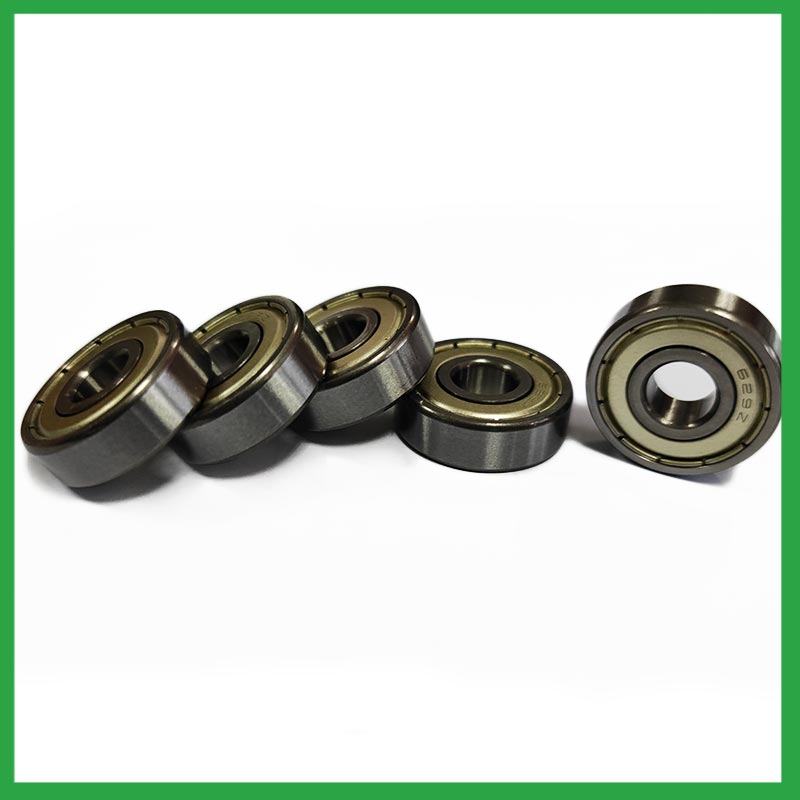
| Parameter | Information |
| Product Name | radial contact ball bearing |
| Place of Origin | China |
| Brand Name | Nide |
| Material | ceramics, etc. |
| Type | Ball |
| Warranty | 3months-1year |
| Port | Ningbo/Shanghai |
| Application | textile machinery, etc. |
| Size(mm) | customize |
| Color | white+customized |
| Precision Rating | as per customer's requirement |
| Certification | ISO 9001 Certification,CE-stator coil winding machine,CE-stator coil lacing machine,etc |
| Feature | Strong carrying capacity,Low Noise...etc |
| Packaging Details | Suitable for sea transportation |
| Service | one-stop service |
| Model Number | ball bearing |
| Supply Ability | 100000-500000 Piece/Pieces per Month |
| Lead time (days) | 15-20 (To be negotiated) |
Please note: The above table data is for reference only. For specific information, please contact us.
The precision range of radial contact ball bearing is from ABEC7 to ABEC9, with a particle size of 0.3 μ m. Among them, ABEC9's ball bearings have the best precision range and are widely used in the electronics industry, precision measurement industry, and so on.
During the disassembly process, the outer shell should be kept intact to avoid unnecessary damage;
When replacing installation components, attention should be paid to the accuracy of the support components to prevent deformation;
During the disassembly process, attention should be paid to protecting the surface quality of the ball bearing to ensure its performance;
During the operation, attention should be paid to removing surface dust to ensure the quality of the ball bearing.
Ball bearings have many advantages, making them highly competitive in the market.
Firstly, they are very durable and have good wear performance, making their service life longer than many other types of bearings.
Secondly, they are easy to install and can provide low friction performance in various applications.
Thirdly, they require a relatively low level of maintenance, making them cost-effective.
In addition, compared to many other types of bearings, their purchase cost is relatively low, making them an economical choice.




radial contact ball bearing---FAQs Guide
2.How do different radial contact ball bearing designs, such as deep groove, angular contact, or thrust bearings, cater to specific applications?
3.How do cage materials and designs impact radial contact ball bearing performance and stability?
4.As a radial contact ball bearing manufacturer,How Can We Guarantee Quality?
5.What is a ball bearing?
6.What is the typical noise level associated with radial contact ball bearing, and how are noise-reduction techniques applied?
7.What is the role of radial contact ball bearing in reducing friction and wear in automotive applications, such as wheel hubs and transmissions?
8.How do sealed radial contact ball bearing prevent the ingress of contaminants and extend the bearing's service life?
9.Can radial contact ball bearing handle shock loads and high-impact conditions in heavy machinery?
10.Do radial contact ball bearing come in various tolerance classes?
11.Are there ceramic radial contact ball bearing designed for specific applications requiring high-temperature or corrosion resistance?
12.What is the production capacity of the factory for radial contact ball bearing?
13.What are the considerations for selecting sealed or shielded radial contact ball bearing to protect against contamination and retain lubrication?
14.How do radial contact ball bearing contribute to the overall efficiency and energy savings in industrial machinery and transportation systems?
1.What anti-corrosion coatings or treatments are available for radial contact ball bearing used in marine or outdoor applications?
Corrosion Resistant Coatings.Whether radial contact ball bearing are manufactured from stainless steel or from chrome, anti-corrosion coatings can be applied. Compared to the natural state of the base metal, these coatings make surfaces less chemically reactive. In their selection of treatments or coatings, some industries choose to consult with the manufacturer of the bearings they use. This is because surface engineering is a highly specialized undertaking. These coatings used for their anti-corrosion properties to protect bearings in harsh environments include the following:Passivation (of stainless steel),Carbide and titanium nitride,Galvanized zinc,Nickel plating,Cadmium plating,TDC (thin dense chrome).
2.How do different radial contact ball bearing designs, such as deep groove, angular contact, or thrust bearings, cater to specific applications?
Deep groove radial contact ball bearing: Deep groove ball bearings are the most common type. They can handle both radial and axial loads. Angular contact ball bearings: Angular contact ball bearings have higher than average internal axial clearance. They can handle axial loads in one direction and moderate radial loads.
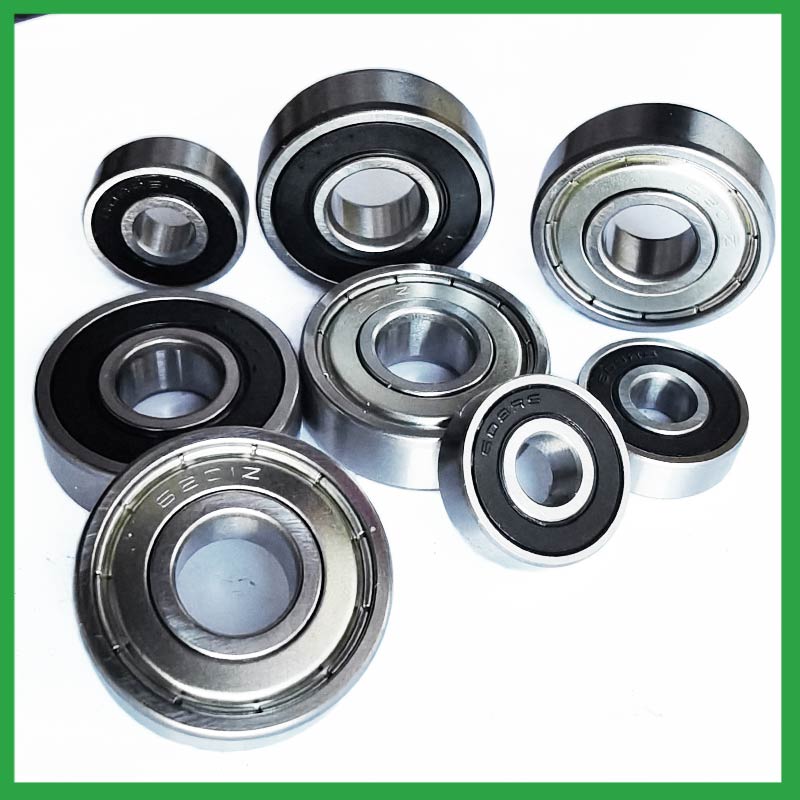
3.How do cage materials and designs impact radial contact ball bearing performance and stability?
As the core component of rotating machinery, the performance and reliability of high-precision radial contact ball bearing directly affect the overall performance and life of the machine and instrument . The increase of the rotational speed will aggravate the collision and friction of the cage, which will lead to the decrease of the rotational stability of the cage. The unstable movement of the cage could in turn lead to more severe collision and wear, thus reducing the life and reliability or even the destruction of the bearing.
Therefore, it is very necessary to study the cage stability to guarantee the stable operation of bearings. However, the dynamic characteristics of the cage is very complex. Parameters such as load, rotational speed and lubrication may affect its kinematic and tribological conditions, which leads to the change of its motion behavior.
4.As a radial contact ball bearing manufacturer,How Can We Guarantee Quality?
Always a Pre-production Sample Before Mass Production;Always Final Inspection Before Shipment.
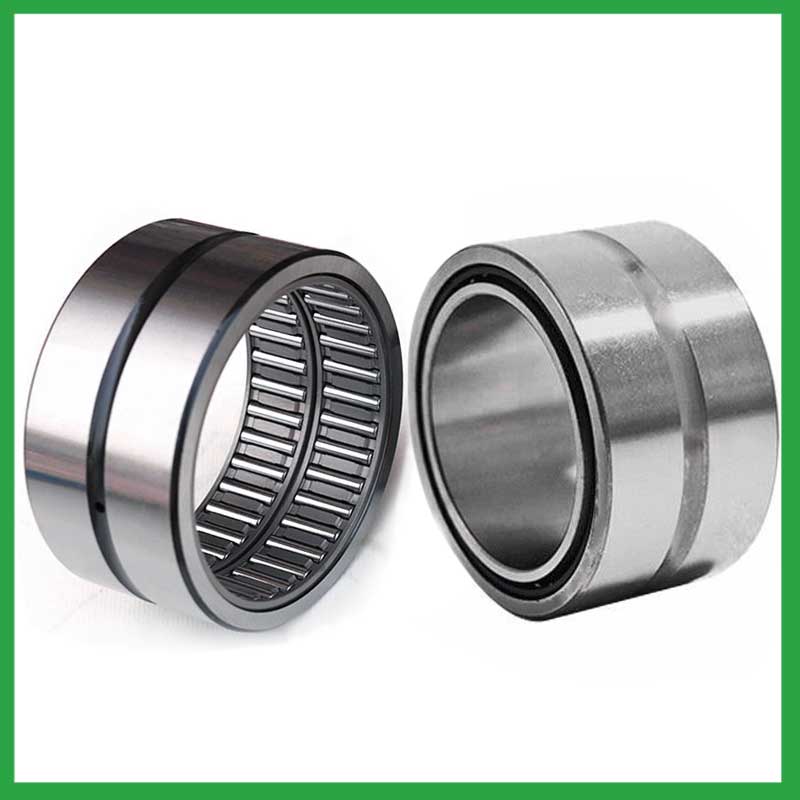
5.What is a ball bearing?
A ball bearing is a type of rolling-element bearing that uses balls to maintain the separation between the bearing races.
The purpose of a ball bearing is to reduce rotational friction and support radial and axial loads. It achieves this by using at least two races to contain the balls and transmit the loads through the balls. In most applications, one race is stationary and the other is attached to the rotating assembly (e.g., a hub or shaft). As one of the bearing races rotates it causes the balls to rotate as well. Because the balls are rolling they have a much lower coefficient of friction than if two flat surfaces were sliding against each other.
Ball bearings tend to have lower load capacity for their size than other kinds of rolling-element bearings due to the smaller contact area between the balls and races. However, they can tolerate some misalignment of the inner and outer races.
6.What is the typical noise level associated with radial contact ball bearing, and how are noise-reduction techniques applied?
To measure in accurate way the radial contact ball bearing noise under rotation during their manufacturing process is a key activity particularly in the production of medium, small and ultra-small deep groove ball bearings. This capability in bearings noise analysis has become the real distinguishing element between a standard bearings noise equipment and a superior class one.
The various types of vibration and sound in rolling bearings can be grouped in four main categories: structural, manufacturing, handling and other. The structural vibration consists mostly of race, click, squeal and cage noise: it can be continuous or intermittent depending on specific cases. The manufacturing vibration is instead related to the waviness noise generated by the geometrical imperfections of inner and outer ring and of rolling elements, being always continuous in nature. The so-called handling vibration is normally associated with flaw and contamination and is generating – in most of the cases – irregular noise. Then there are other types of vibrabition that include noise generated by sealing and lubricant (irregular) or by runout (continuous).
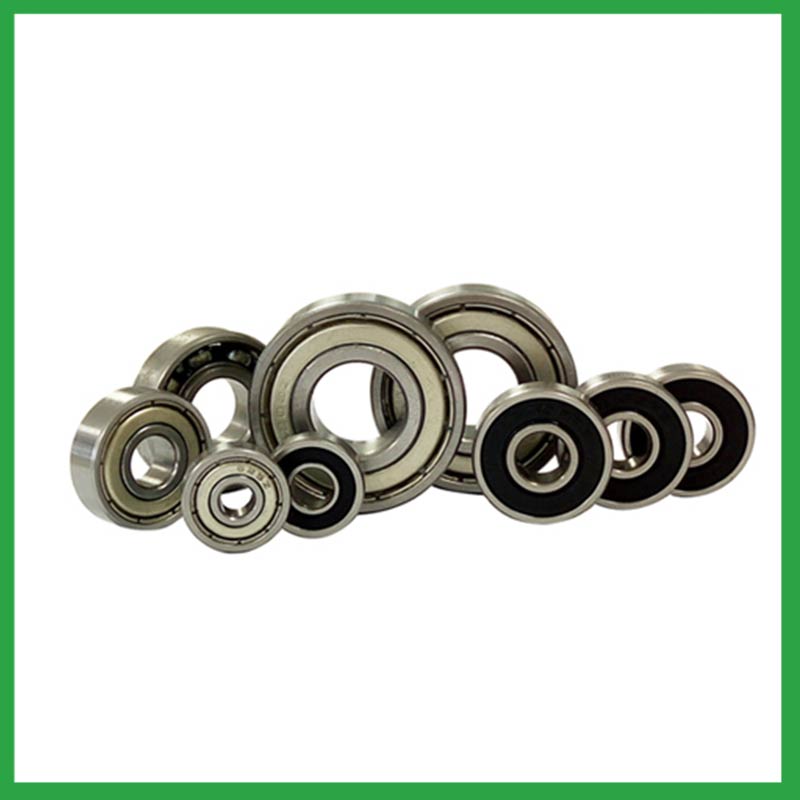
7.What is the role of radial contact ball bearing in reducing friction and wear in automotive applications, such as wheel hubs and transmissions?
When a load is applied to a ball bearing, the radial contact ball bearing roll freely between the inner and outer rings. This rolling action significantly reduces friction compared to sliding contact, resulting in smoother rotation and reduced wear.
8.How do sealed radial contact ball bearing prevent the ingress of contaminants and extend the bearing's service life?
Contact seals are a type of seal where the sealing lip physically touches the inner raceway of the radial contact ball bearing. They create a narrow line or zone of contact that forms a barrier to prevent the escape of lubricants and the ingress of contaminants. Because the seal keeps dirt and other contaminants out, it can offer a longer operating life of the bearing or prevent premature bearing failure. Sealed bearings can be considered lubricated for life, which eliminates the need for a relubrication process.
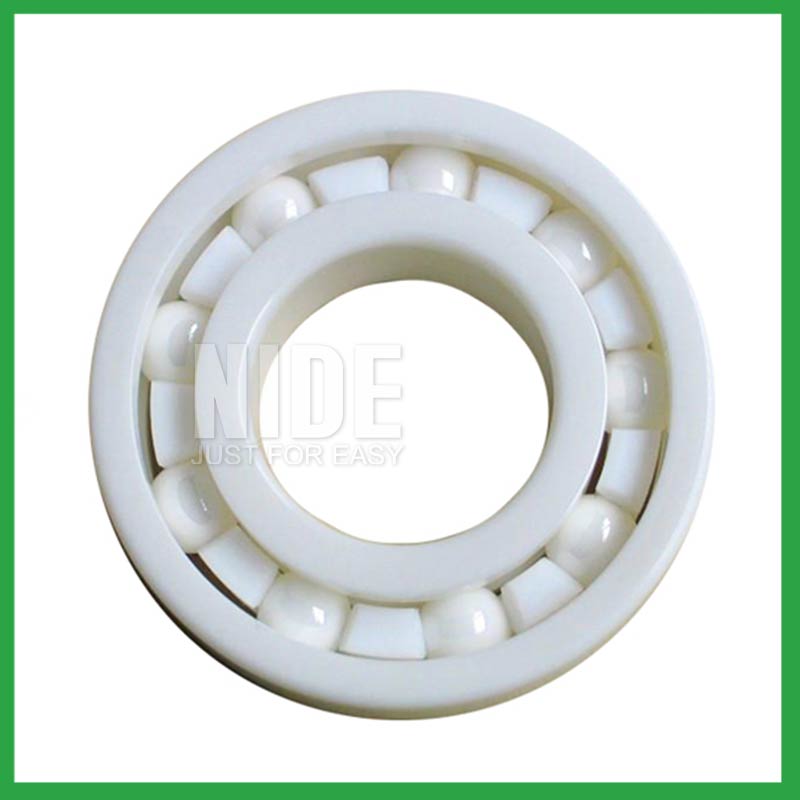
9.Can radial contact ball bearing handle shock loads and high-impact conditions in heavy machinery?
As a general rule, radial contact ball bearing are used at higher speeds and lighter loads than are roller bearings. Roller bearings perform better under shock and impact loading. Ball bearings tolerate misalignment better than roller bearings do. Roller bearings can handle heavy combined radial and thrust loads.
10.Do radial contact ball bearing come in various tolerance classes?
Bearing tolerances are standardized by classifying bearings into the following six classes (accuracy in tolerances becomes higher in the order described): 0, 6X, 6, 5, 4 and 2.
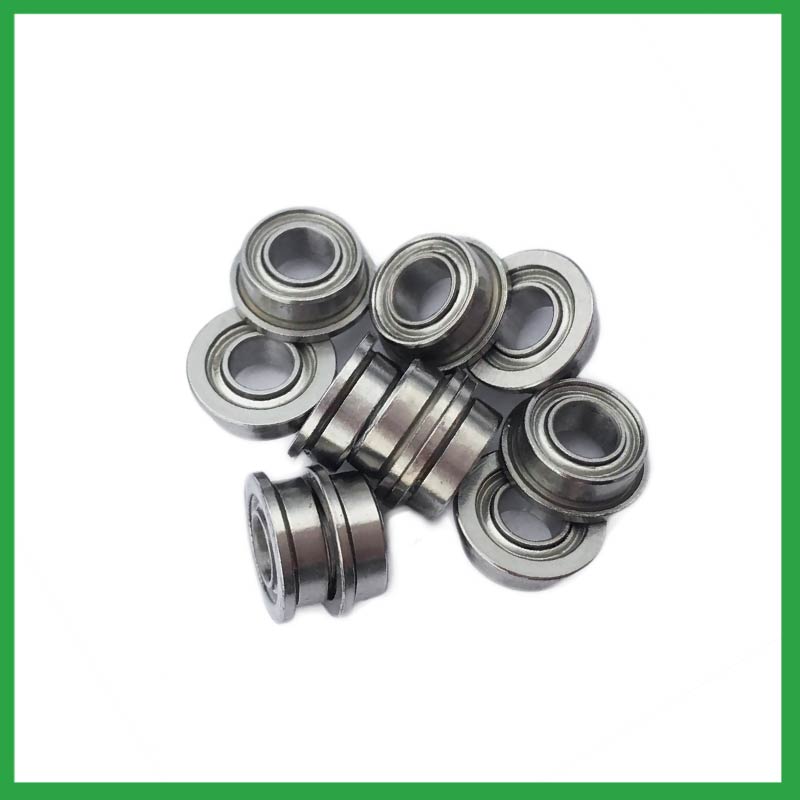
11.Are there ceramic radial contact ball bearing designed for specific applications requiring high-temperature or corrosion resistance?
Ceramic radial contact ball bearing are a special type of bearing made of ceramic materials, offering superior wear resistance, corrosion resistance, and high-temperature performance. They provide excellent performance in applications requiring high speeds, high temperatures, and resistance to corrosion.
12.What is the production capacity of the factory for radial contact ball bearing?
The production capacity of Ningbo Haishu Nide International is:50000000pcs/month
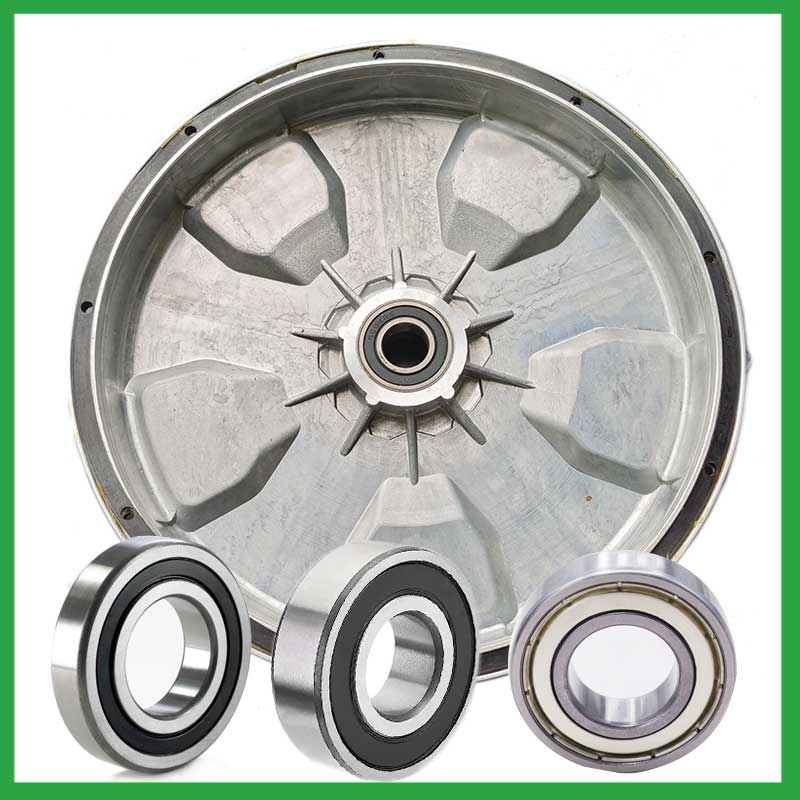
13.What are the considerations for selecting sealed or shielded radial contact ball bearing to protect against contamination and retain lubrication?
First, the environment in which your radial contact ball bearing operate in can help you identify potential contaminants, allowing you to select your shields or seals accordingly. For example, shielded bearings have a gap that can allow finer contaminants or water from washdown applications to enter the bearing and get into the raceways.The challenge for sealing bearings is to seal the bearing by protecting the bearing from contaminants and running efficiencies.
14.How do radial contact ball bearing contribute to the overall efficiency and energy savings in industrial machinery and transportation systems?
The balls roll along the raceway, allowing for smooth rotation of the machinery or equipment. Ball bearings are used to support rotating, reduce friction and support radial and axial loads in high-load, high-speed applications where reliability and efficiency are critical.
